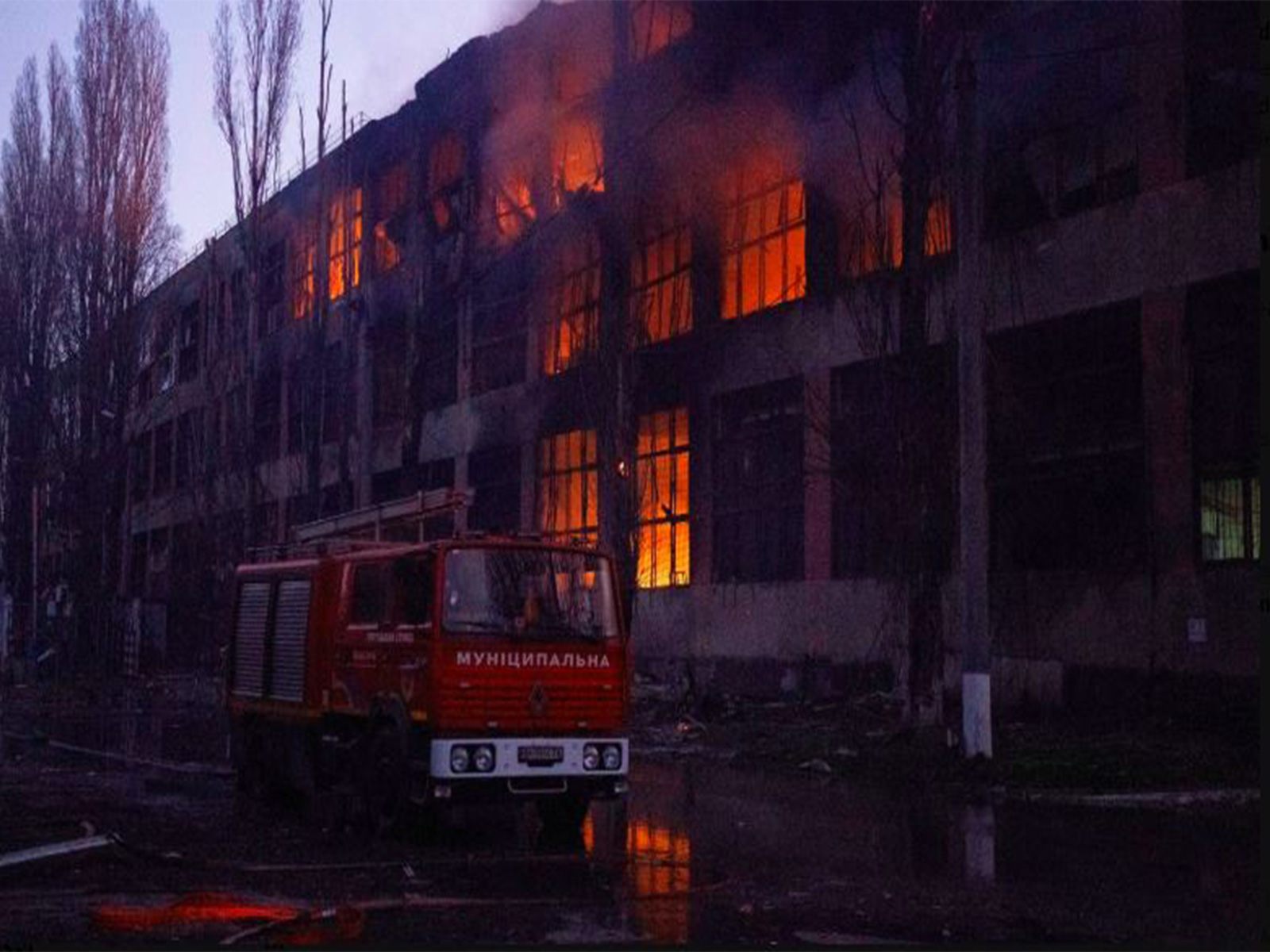Taiwan's long-range radar system set to play key role against Chinese attacks
Dec 07, 2020

Taipei [Taiwan], December 7 : Taiwan's long-range radar system, which provides early warning of ballistic missiles and warplanes, has become important for the self-ruled island and the United States, as analysts say that the system would play a key role in the event of an attack from China's People's Liberation Army (PLA), including from its submarine base in the South China Sea.
The USD 1.4 billion-Precision Acquisition Vehicle Entry Phased Array Warning System, or PAVE PAWS, was built by US company Raytheon, and has been operational since 2013. The giant radar system is located at an altitude of 2,600 metres on Leshan in Hsinchu county, and can detect a missile launched from as far as 5,000 km away, and can track projectiles even from a distance of 2,000 km, a range that covers China and the South China Sea, reported South China Morning Post.
However, concerns remain that the radar system would be a priority target for destruction if the PLA intends to attack Taiwan.
"In the event of a Chinese attack, the PLA would be expected to ... first take out the radar system so that Taiwan's combat data link systems get cut off," said Sun Hai-tao, a retired Taiwanese major general and former commander of a Lafayette-class frigate.
However, even if that happens, analysts said that it would provide a crucial early warning for the self-governed island.
"Anti-missile shields have been installed - the Patriot III anti-missile system and the locally developed mid-range Tien Kung 2 and the long-range Tien Kung 3... That's in addition to early-warning aircraft and a short-range anti-air artillery network," SCMP quoted Wang Kung-yi, head of the Taiwan International Strategic Study Society.
He further informed that a GPS interference system was also in place to prevent the PLA from accurately locating the site.
"Sharing intelligence in real-time with the US means it can help track and counter any surprise underwater missile attacks from the PLA, which has built up a submarine fleet in the South China Sea in the past decade," said Su Tzu-yun, a strategic studies professor at Tamkang University in Taipei.
According to South China Morning Post, critics have called it a radar facility built for the United States, and the cost of the system has also been questioned, as Taiwan spends NTD 700 million in a year to maintain the facility.
This development comes as China in recent years has increased military drills around Taiwan, with almost 40 Chinese warplanes crossing the median line between the mainland and Taiwan on September 18-19, one of several sorties the island's President Tsai Ing-wen called a "threat of force".
China regards Taipei as a "breakaway province" and has said that it wouldn't mind using force to claim it.
Taipei, on the other hand, has countered the Chinese aggression by increasing strategic ties with democracies including the United States.
Meanwhile, the US and China have sparred over a range of issues in recent times -- China's move to impose national security law in Hong Kong, its human rights violation in Xinjiang and territorial aggression in the South China Sea -- have all drawn fierce criticism from Washington.


















